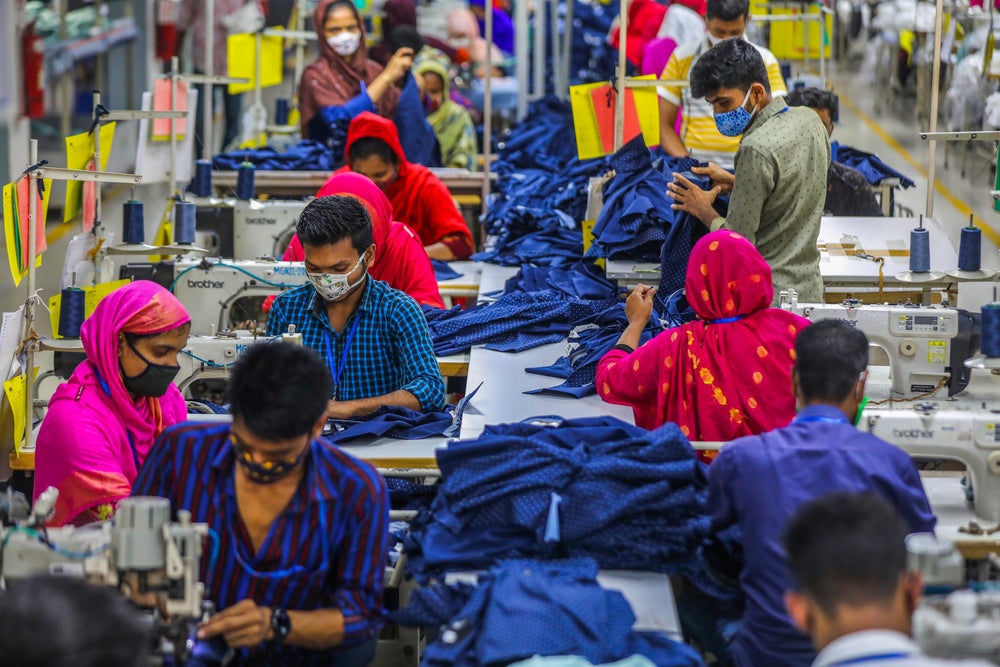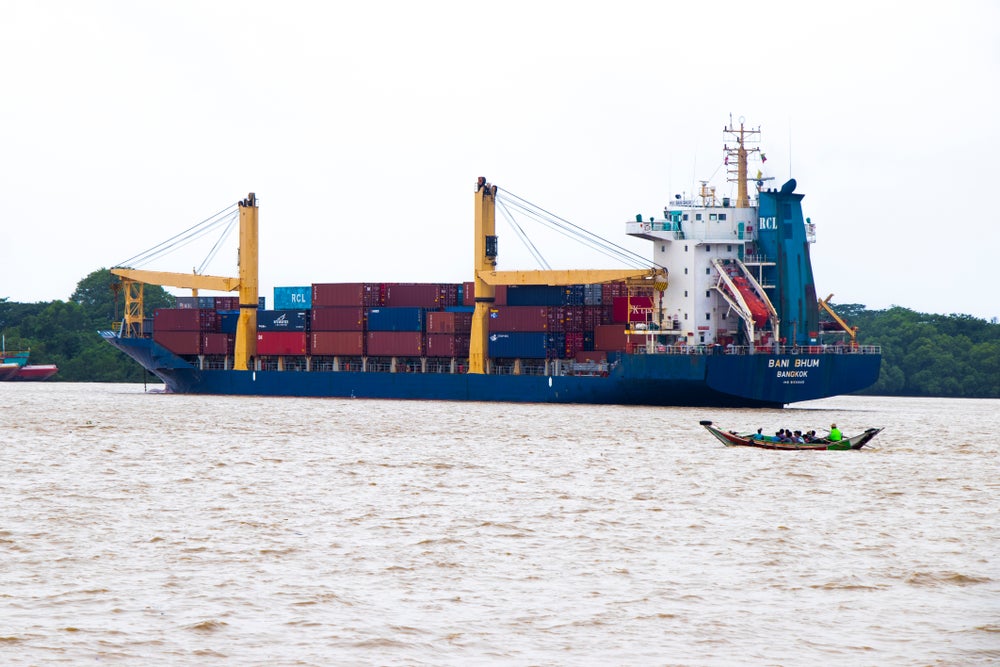
Exploring new sourcing options outside of China will be a priority for outdoor clothing companies as they look to work through the challenges of the pandemic and the US-China trade war, the industry’s trade body has said.
In 2020, year-to-date, the value of imports of recreational performance outerwear out of China was down by 41.8%, and from Vietnam down 5.6%, according to figures from the Outdoor Industry Association (OIA). Imports from Bangladesh, however, were up 5.4%, showing that the trend is moving in the direction of a diversification of products out of China, the OIA says.
Between 2017-2019, the value of imports from China decreased by 9% but from Vietnam increased by 35%, and from Indonesia jumped by 53%.
“Companies were already, because of the China-US trade war, taking a look at new sourcing opportunities, and Covid-19 on top of the trade war has really emphasised the need to diversify supply chains so I think you’ll see additional work on new sourcing options when outdoor companies get through this crisis,” said Rich Harper, manager international trade, Outdoor Industry Association, speaking on a webinar during the Apparel Textile Sourcing Virtual (ATSV) event.
“The result of the US/China trade war has been higher costs. A lot of these [outdoor] products already face import tariffs and now if they come out of China they have a punitive tariff on top of that, so it is raising the cost for outdoor companies and creating a lot of uncertainty for these businesses, uncertainty if more tariffs will come into effect, uncertainty if tariffs will be raised, uncertainty if and when the tariffs may come off. That is a significant impact on top of costs, on jobs, innovation and new product development.”
See Also:
Harper says its members have had the challenge of trying to absorb many of the higher costs and avoid passing them on to consumers. In most cases they have engaged in conversations with their partners in China and in some cases have agreed to split the cost.
How well do you really know your competitors?
Access the most comprehensive Company Profiles on the market, powered by GlobalData. Save hours of research. Gain competitive edge.

Thank you!
Your download email will arrive shortly
Not ready to buy yet? Download a free sample
We are confident about the unique quality of our Company Profiles. However, we want you to make the most beneficial decision for your business, so we offer a free sample that you can download by submitting the below form
By GlobalData“Even if a member is looking to move a supply chain out of China to avoid some of these higher tariffs, it certainly can’t be done in weeks, months, or even years. So members have tried to explore those options, and it’s taking time.”
One programme being emphasised to members is the Generalized System of Preferences (GSP) – the main trade preference programme for developing countries. The OIA is currently working on an initiative to make footwear eligible to GSP for the first time.
Other trade programmes being considered is the US-Mexico-Canada Agreement (USMCA), which is due to come into effect on 1 July. The United States-Republic of Korea Free Trade Agreement (KORUS) has also been revised, while negotiations are beginning on phase two of a trade deal between the US and Japan.
The Dominican Republic-Central America Free Trade Agreement (DR-CAFTA) and Columbia are two other FTAs the US has at its disposal.
“The challenges for some of these partners is to ensure they have the workforce training and the innovative high tech apparel and footwear that our members create,” Hunter stressed. “That is a challenge a lot of our members will see in a lot of these countries. But with the incentive of duty-free treatment, I hope to see some growth in these areas for apparel and footwear.
“I should emphasise, for a lot of outdoor products, China still remains the best option and companies will still have to manage the impact of punitive tariffs on those products coming out of China.”







